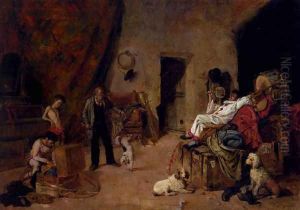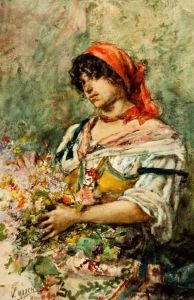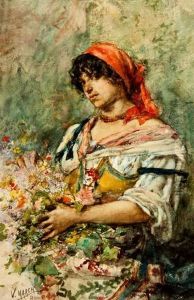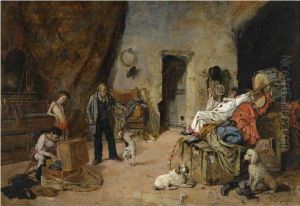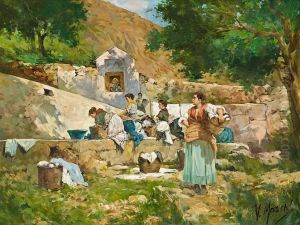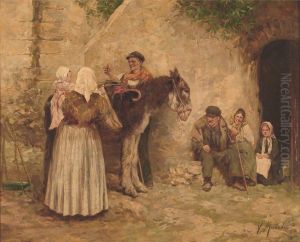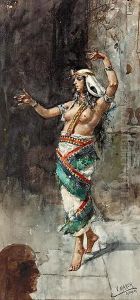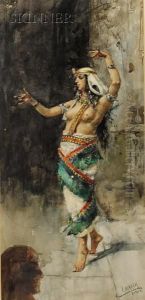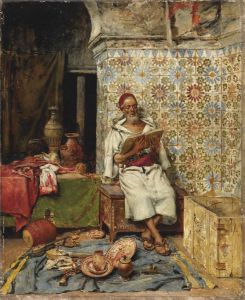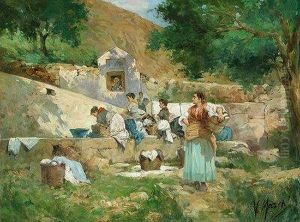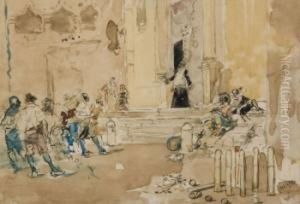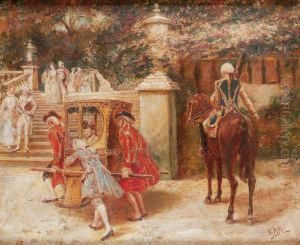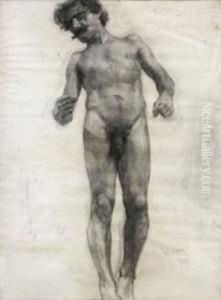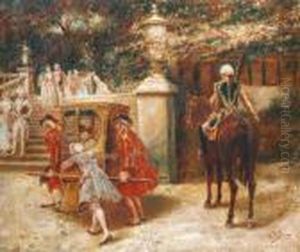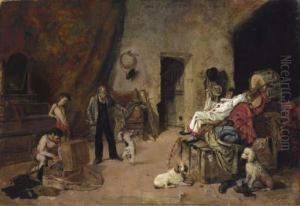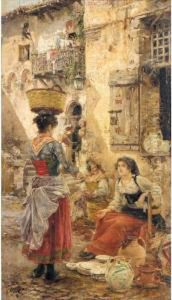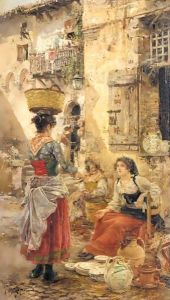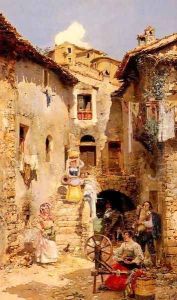Vicente March y Marco Paintings
Vicente March y Marco was a Spanish painter, born on March 5, 1887, in Valencia, Spain. He is not widely known outside of his home country, but within Spain, he made a significant contribution to the art scene, particularly in the early to mid-20th century. March's work primarily focused on regional subjects, landscapes, and social themes, often infused with a sense of regional pride and a deep connection to his Valencian roots.
March y Marco's early life and education were centered around the rich cultural environment of Valencia. His initial training in art was at the School of Fine Arts of San Carlos in Valencia, where he honed his skills and developed a style that would later characterize his work. The region's history, its people, and the Mediterranean light greatly influenced his artistic perspective.
During his career, Vicente March y Marco participated in several exhibitions and received various awards, which helped to cement his reputation as a noteworthy artist. His paintings often depicted the daily life and customs of Valencian society, and he was particularly adept in portraying the unique luminosity of the Valencian landscape in his works.
Despite his local fame, Vicente March y Marco did not achieve the same level of international recognition as some of his contemporaries. His art remained deeply connected to his homeland, which may have both defined and limited his broader appeal. Nevertheless, his paintings are appreciated for their technical skill, their vibrant portrayal of Spanish life, and their contribution to the cultural heritage of Valencia.
Vicente March y Marco passed away on September 11, 1966, leaving behind a legacy of artwork that continues to be studied and admired in regional collections and by those interested in Spanish art history. His work provides valuable insights into the culture and society of early 20th-century Valencia and serves as an important representation of the period within Spanish art. Although details about his personal life and impact on the wider art world might be scarce, those interested in the artistic heritage of Valencia still celebrate his contributions.
